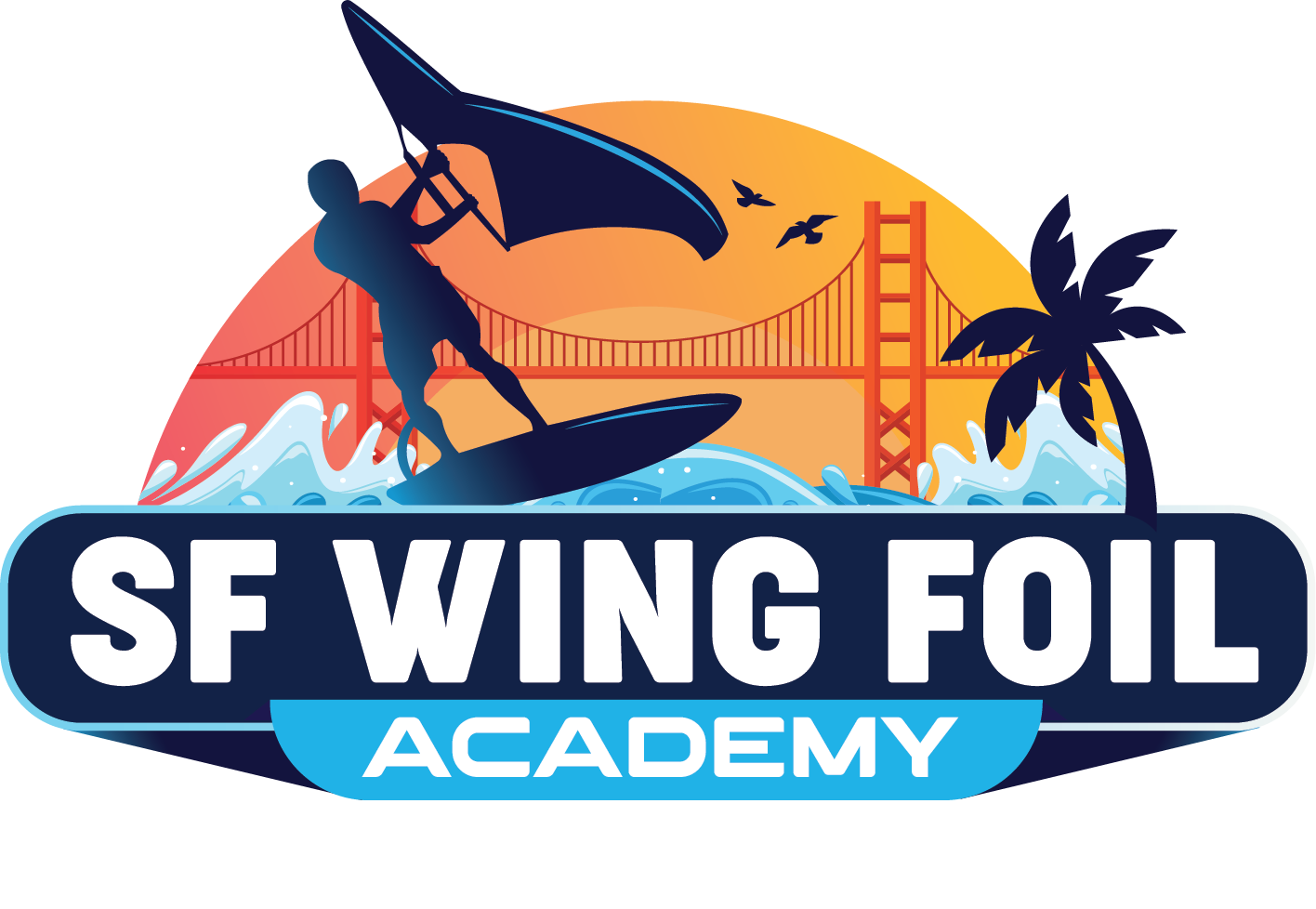When Larry Ellison and Russell Coutts launched SailGP in 2018, few could have predicted how quickly it would transform competitive sailing. In just a few short years, this high-octane racing series has created a new paradigm for the sport, bringing sailing to mainstream audiences through a combination of cutting-edge technology, standardized equipment, and a format designed for both television and spectators.
Origins: From America’s Cup Innovation to Global Circuit
SailGP’s roots trace back to the 35th America’s Cup in Bermuda, where foiling catamarans reached unprecedented speeds, creating spectacular racing that captured public imagination. Following this success, Oracle founder Larry Ellison and sailing legend Russell Coutts envisioned a professional circuit that would maintain this excitement while addressing the America’s Cup’s limitations: infrequent competition and prohibitive costs.
They created a league using modified AC50 catamarans (later F50s), capable of speeds exceeding 50 knots (nearly 60 mph). Unlike the America’s Cup, all teams would sail identical boats, shifting the focus to sailing skill rather than design advantages. The first season launched in February 2019 with six teams competing across five events.
The F50: A Technical Marvel
At SailGP’s heart is the F50 catamaran, arguably the world’s most advanced sailing vessel. These 50-foot foiling catamarans represent the pinnacle of sailing technology:
- Carbon fiber construction making them incredibly light yet strong
- Hydraulic control systems allowing precise adjustments at high speeds
- Sophisticated wing sails replacing traditional soft sails
- Full data collection through 1,200 sensors feeding real-time analytics
- Standardized platforms with one-design elements ensuring fair competition
Each F50 costs approximately $4 million and requires a crew of five athletes who must manage extreme physical demands while making split-second tactical decisions.
Growth and Expansion
From its inaugural 2019 season with six teams, SailGP has expanded rapidly:
- Season 2 (2021-22): Eight teams competing across eight events
- Season 3 (2022-23): Ten teams with expanded global reach
- Season 4 (2023-24): Further expansion with additional venues
This growth came despite the COVID-19 pandemic forcing the postponement of much of Season 2, demonstrating the series’ resilience and investor confidence. By 2023, SailGP events were being hosted across four continents, with races in iconic venues like Sydney Harbour, Bermuda’s Great Sound, and San Francisco Bay.
The Competitive Format
SailGP pioneered a format designed for both competitive intensity and viewer engagement:
- Multiple fleet races over two days
- Short courses lasting 12-15 minutes
- Points accumulated throughout fleet races
- Top three teams advancing to a winner-takes-all final race
This format creates both consistency rewards and dramatic finales, with season championships often decided in single, high-pressure races where teams compete for substantial prize purses.
National Teams and Star Power
Unlike many sailing competitions, SailGP operates on a national team model, creating clear rooting interests for fans. Teams represent countries rather than sponsors, though each team secures its own commercial partnerships.
The series has attracted sailing’s biggest names, including Olympic gold medalists, America’s Cup champions, and round-the-world sailors:
- Tom Slingsby (Australia)
- Ben Ainslie (Great Britain)
- Peter Burling and Blair Tuke (New Zealand)
- Jimmy Spithill (United States)
- Nathan Outteridge (Japan/Switzerland)
These established stars compete alongside emerging talent, creating compelling rivalries and storylines across seasons.
Technological Innovation and Data Revolution
SailGP has embraced technology not just in boat design but in how the sport is presented and analyzed. Their broadcast package includes:
- Augmented reality graphics showing course boundaries and boat positions
- Real-time performance data
- Live microphones capturing on-board communication
- Multiple camera angles including drones and on-board perspectives
This commitment to technology extends to sustainability initiatives, with the league pursuing ambitious environmental goals including powered by nature ambitions and hydrogen demonstration projects.
Pathway to Inclusivity
Recognizing sailing’s historical accessibility challenges, SailGP has implemented programs to broaden participation:
- The Women’s Pathway Program, mandating female athletes on each team
- The Race for the Future initiative supporting STEM education and sailing access
- Youth programs connecting with local sailing communities
These efforts represent significant steps in addressing long-standing diversity issues within professional sailing.
Commercial Model and Broadcasting Strategy
SailGP’s commercial structure differs fundamentally from traditional sailing events:
- Centrally owned teams (initially) with franchising opportunities
- Global media rights deals prioritizing consistent, high-quality broadcasts
- Data-driven sponsorship activations
- Direct-to-consumer offerings via SailGP app and streaming platforms
This approach has attracted major sponsors like Rolex, Oracle, and ROCKWOOL, while broadcast partnerships have secured distribution across major markets.
Challenges and Future Outlook
Despite impressive growth, SailGP faces ongoing challenges:
- High operational costs requiring substantial ongoing investment
- The complexity of scheduling global events amid varying regulations
- Balancing standardization with technological development
- Competition for audience attention in crowded sports marketplace
Yet the league continues to innovate, with plans for additional teams, expanded race calendars, and technological enhancements. The introduction of new races, including women’s racing events, signals SailGP’s commitment to evolving the sport.
Legacy in Progress
Though still young by sporting league standards, SailGP has already transformed competitive sailing’s commercial potential and public profile. By combining cutting-edge technology with accessible competition formats, it has created a blueprint for sailing’s future as a professional sport with global appeal.
As SailGP continues to evolve, it represents both a revolution in how sailing is packaged and presented and a return to sailing’s purest test: athletes competing on equal terms, where victory is determined by skill, strategy, and nerve rather than financial resources or technical advantages.


